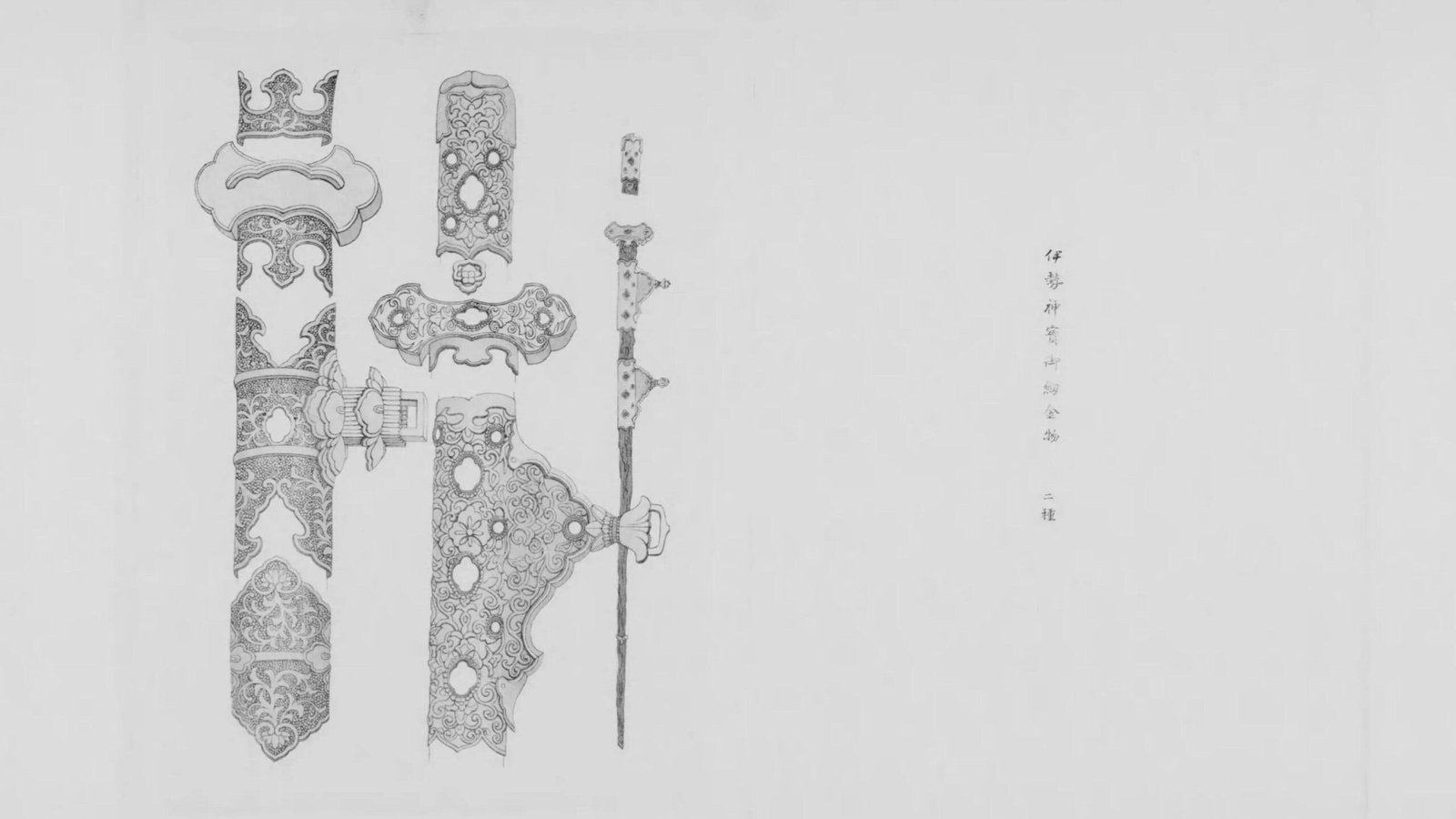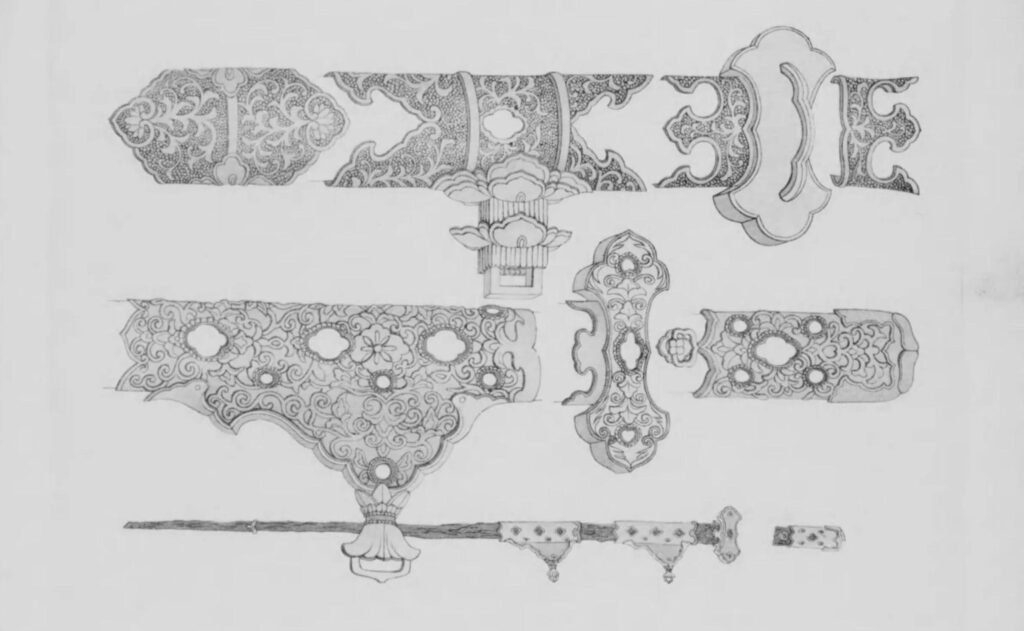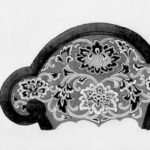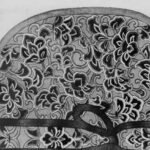Whenever I lived in Japan, I never missed an annual pilgrimage to Ise Jingu. Nestled in a serene cedar forest and recognized as a UNESCO World Cultural Heritage site, it stands as a beacon of Shinto tradition and Japanese cultural pride. Among its revered treasures, the Shinpin Mitsurugi (Sacred Guest Sword) captivates visitors with its intriguing history, exquisite metal fittings, and profound spiritual significance.
Ise Shrine
Known in Japanese as Ise Jingu, this sacred complex is revered for its deep spiritual significance and centuries-long commitment to Shinto tradition. Surrounded by lush forests and pristine rivers, the grounds create a serene atmosphere that invites reflection and respect. Steeped in history, Ise Shrine undergoes a reconstruction ceremony every two decades called Shikinen Sengu, ensuring its timeless legacy remains vibrant and relevant for each generation. Whether you seek quiet contemplation or a glimpse into Japan’s profound cultural heritage, Ise Shrine offers an unforgettable experience that seamlessly blends natural beauty with enduring devotion.
Marvel at the Shinpin Mitsurugi
The Essence of the Shinpin Mitsurugi
The Shinpin Mitsurugi (Sacred Guest Sword) holds a central role in Ise Jingu’s heritage. Believed to embody the blessings of Amaterasu Omikami, Japan’s sun goddess, it surpasses the status of a typical ceremonial sword. Its divine aura symbolizes protection and continuity, reflecting the harmonious bond between imperial origins and deeply rooted Shinto beliefs.

Intricate Metal Fittings
One of this sword’s most striking features is its set of ornate metal fittings—painstakingly fashioned by skilled artisans using metals such as gold, silver, and copper alloys. Known collectively as Shinpin Mitsurugi of Ise Jingu (伊勢神賓御剱金物), these fittings showcase a harmonious blend of artistry and reverence. Subtle motifs drawn from nature and myth infuse every piece, highlighting Japan’s long-standing tradition of ornamental metalwork.
Mystery and Preservation
Preserved through the sacred ritual of Shikinen Sengu—where major structures at Ise Jingu are rebuilt every 20 years—the Shinpin Mitsurugi represents a remarkable link to centuries of Shinto devotion. While newer items may be re-created, remnants of its legacy suggest connections to master artisans of the past. Because the sword is seldom on public display, many questions about its origin and craftsmanship remain unanswered, adding to its allure.
Personal Reflections
Ise Jingu’s tranquil atmosphere and timeless grandeur never fail to stir a sense of wonder. Even amid lively festivals and international tourism, the site retains a pervasive feeling of reverence that reflects the core values of Japanese culture. In many ways, the Shinpin Mitsurugi epitomizes this blend of art and spirituality—the metal fittings echo generations of faith, and the sword’s aura resonates with both local worshippers and curious travelers from around the globe.
Significance in Modern Times
As global interest in Japan’s spiritual heritage grows, more people are drawn to the enthralling narratives surrounding sacred objects like the Shinpin Mitsurugi. Its delicate balance of craftsmanship and devotion underscores the depth of Japan’s cultural identity. For those keen on experiencing an authentic piece of living history, Ise Jingu—and this magnificent sword—offer a glimpse into a world of subtle power and enduring reverence.
The Shinpin Mitsurugi (Sacred Guest Sword) is far more than a rare artifact; it’s a testament to Japan’s spiritual traditions and artistic mastery. Standing as a bridge between past and present, it portrays a deep connection to the sacred legacy cherished at Ise Jingu. Whether you’re an avid design enthusiast or a curious traveler hoping to enrich your appreciation of Japanese culture, a visit to witness the quiet majesty of this revered treasure will leave an indelible memory—one that echoes with the harmony and devotion at the heart of Shinto belief.
The following article introduces the traditional crafts of another sacred places in Japan, Tōdai-ji and Joruriji.



